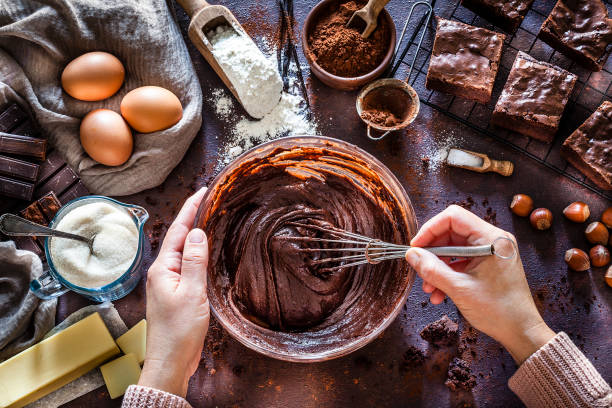Here are a few tips on chocolate that will help you get the most out of it. First, remember to store it in a dark, dry place. The next tip involves re-heating the chocolate to make it smooth and creamy. You can also avoid buying baker’s chocolate and make sure that you melt it completely before using it. The following are additional chocolate baking tips. So, let’s get started!
Store chocolate in a cool, dry, dark place
You should store chocolate in a cool, dry place for baking. Humidity and heat can cause chocolate to bloom. This process results in a film of white substance on the surface of chocolate that is not bad to eat, but will spoil the appearance of your baked goods. To prevent this from happening, store chocolate in a cool, dark place. The wine cellar is the best place to store chocolate.
Avoiding baker’s chocolate
The first step to avoid baker’s chocolate when baking is to make sure you store it at room temperature. If you leave it in the fridge or freezer, it will become too soft. It should be stored in the original package and at a cool temperature. You can also use a handheld immersion blender to smooth the chocolate if it is too thick. Don’t throw out the lumpy chocolate – you can still use it in baking.
Melting chocolate
Before you begin melting chocolate for baking, be sure to dry the bowl, spatula, and bottom of the bowl. The temperature of melted chocolate should not exceed 120oF (49oC). You may also want to temper the chocolate for a more uniform consistency. Regardless of how you melt chocolate, tempering is important to make sure it doesn’t burn or become overly hard. You may want to use shortening or coconut oil to thin it.
Reheating melted chocolate to make it creamy and smooth
The best way to re-heat melted chocolate to make it smooth and creamy for baking is to pour it into a clean, dry container. Water and chocolate do not mix, so stray drops of water will result in chocolate that is grainy, lumpy, or seizes. You should carefully measure the amount of milk you need for each 2 ounces of chocolate you plan to use.
Using bittersweet chocolate in baking
Unless you’re allergic to bittersweet chocolate, you can still use it in baking recipes. If you prefer not to buy it, you can substitute it with any other type of chocolate or butter. However, this substitution may not give you the same flavor or texture. You can also use other types of chocolate, such as semi-sweet or unsweetened chocolate. Generally, bittersweet chocolate has less sugar than semi-sweet chocolate.

